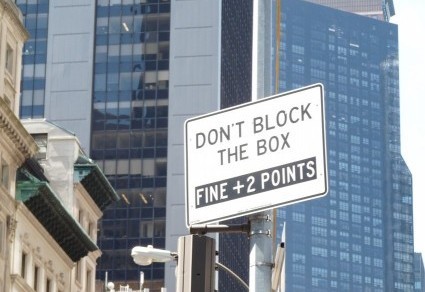Tell me where I should go when the streets are filled with motor vehicles and I see this sign:

I’m used to dodging texters, squadrons of cyclists, and an occasional Vespa on the sidewalk, but trucks? And will they hear me if I caution them for crossing sidewalk? Maybe I’ll just leave, as all packages referred to in this sign are directed to do:

At least I won’t be alone. In addition to packages, I’ll have doorman to protect me. Speaking of doorman, here’s a building notice that puzzles me:

I get that pofavor is short for por favor, part of a polite request in Spanish. But in front off bldg? Fortunately I don’t smoke, regardless of whether I’m on, off, or in front of a building. Or behind one, for that matter. I do drink wine. Maybe not the last one on this list, though:

I’m not keen to show ripe pear flavor on the nose, mine or anyone else’s. The mineral finish of the Riesling is more appealing, assuming the mineral isn’t something feldspar or mica, which I’ve never sampled but which I assume taste awful. And what’s a leading . . . finish? The middle wine looks like the best bet. Anyone care to join me off bldg for some Pinot Grigio? We can ignore the trucks crossing sidewalk and leave with doorman together, wine glasses in hand.
































